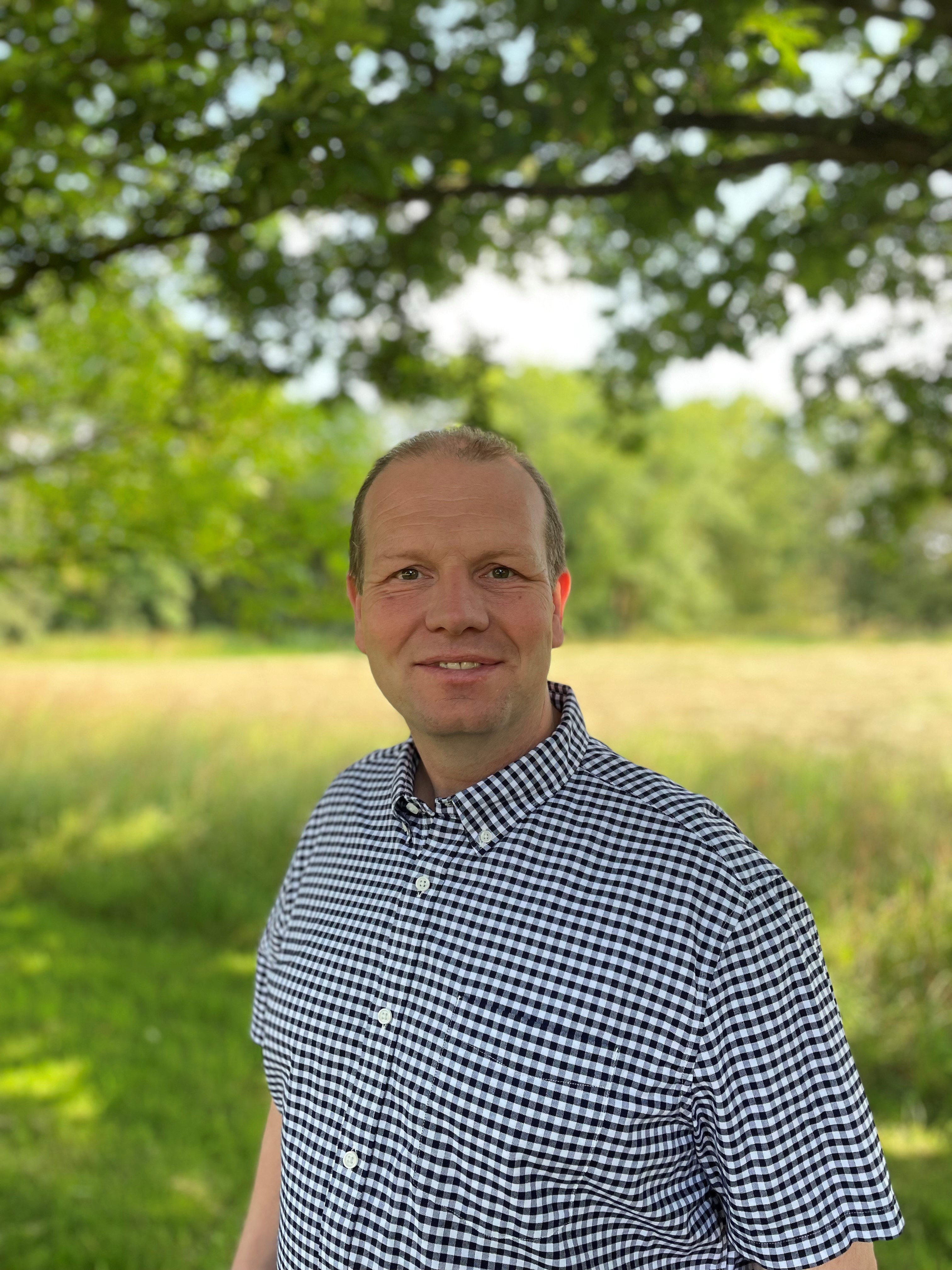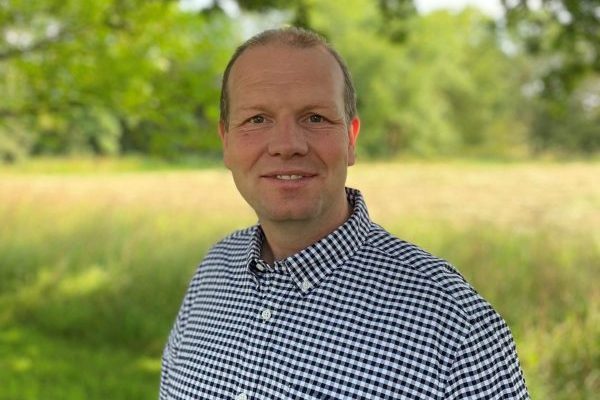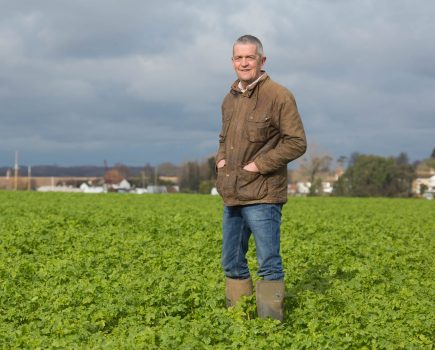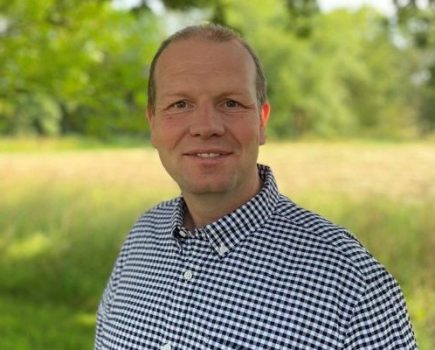
At the busy onset of another spring, it’s difficult to think ahead in the face of the ongoing tragedy in Ukraine, where the challenges experienced by farmers in a now war-torn country is unprecedented. My thoughts are with Ukraine.
The war in eastern Europe will have ramifications for years to come. It has already destabilised global markets and wheat prices hit a record high. It’s driven relentless increases in costs for energy, fuel, fertiliser and agrichemicals, with the price of urea having more than tripled in the past year. Russian and Ukrainian grain, among other products, might be unavailable this coming season, which will negatively impact the global supply chain.
Now that the spotlight is on food security, there’ve been calls to relax environmental delivery to prioritise increased production. For me, and I know for many others, the areas of our farmland that support diverse ecosystems work in partnership with production. Without a functioning landscape – fertile soil, pollination and habitats to support biodiversity – we simply couldn’t produce healthy, sustainable food. And if we tried, we would be paying exorbitant costs for inputs and fertilisers to replace what nature does for free. Can UK farmers rely on these global commodities when price volatility and climate change make this increasingly uncertain?
Severing our relationship to environmental stewardship for short-term gain will have long-term consequences. If we genuinely want to address food security, we must first review what we produce and the amount of otherwise edible produce that ends up as waste. We have to develop more efficiency in what we, the supply chain and the public do.
As costs rise, it adds increasing pressure on budgets and predicted outputs, and I have been thinking ahead to next season’s cropping plan, availability and prices of fossil fuel-based inputs.
This past year I’ve been looking at my business costs differently by using the Maximum Sustainable Output (MSO) model (see CPM, February 2022, p16) which tries to obtain a ‘sweet spot’ where farming is at its most profitable and nature is at its best. I’ve been evaluating the costs that compensate for nature and what is resulting in financial output. If I look at fertiliser, not only do I count the cost of the fertiliser, but also the unloading, storage, handling, waste removal, machinery and tractor hours needed for the application. I try to use all of these costs and then only attach what the input will give to the increased yield. With healthy soils, nature can provide us with around 5-7 t/ha of winter wheat in a good season, so all the additional costs must be attached to any yield above this baseline.
We often don’t see these additional costs accounted for unless we work on a MSO approach. With the high price of fertiliser this season and potentially for years to come, plus a future without fossil fuel-based fertiliser, it makes planning for the future much more difficult. I believe we must take meaningful measures to start looking at our businesses and the cost of production in ways that value the natural resources at our fingertips.
Many of the fungicides we currently use give a very good return on investment, but if we take every claim for increased yield from every product we use and stack them together, should we be seeing far more output? When we factor in all the additional costs of storage, waste removal and handling, the figures look very different. With the updated Farming Rules for Water guidelines, we’ll hopefully be able to use and manage organic manure better and more safely in the future. The real challenge may be making sure there’s enough organic material for everyone.
Over the past few winters, we’ve welcomed sheep onto the farm to graze our cover crops using a local shepherd. I’ve been equally pleased and amazed by how little damage the sheep cause to our heavy clay-based soil, and it’s a sign they’re well managed. Plus, they provide the extra bonuses of adding free fertiliser and a helping hand to improve my soils’ biology.
I have added an area of herbal ley in the hope of welcoming some cattle back onto the farm this year after more than 20-years without them. We will need to house them in the winter but will be planning on feeding them on a by-product of our stewardship areas – the hay we cut from flower-enhanced grass strips and flower strips on our farm and many others. We’re also helping in closing our nutrient gap using the herd’s manure.
I’m again hosting several different trials looking at pollinating and predatory insect benefits, soil health benefits, crop system and nutritional value of food from differences in production. These trials help us learn more about improving our farm’s environment by using the best varieties and inputs to deliver the best return on investment.
Like many others, I’m very interested in the potential for carbon markets and have had our farm tested for carbon soil content to give us a baseline. We can then monitor our farming system to understand how much carbon we’re storing and which strategies and operations can improve things. The carbon and biodiversity markets are available already but will be growing rapidly over the next few years.
Despite this ebb and flow of farming’s trials and tribulations, no matter how far from certainty things may feel, I always remind myself to come back to the roots of it all and look at what nature can already provide.
Martin Lines is an arable farmer and contractor in South Cambridgeshire with more than 500ha of arable land in his care. His special interest is in farm conservation management and demonstrating that farmers can profitably produce food in harmony with nature and the environment. He’s also chair of the Nature Friendly Farming Network UK. @LinesMartin
martin.lines@nffn.org.uk




